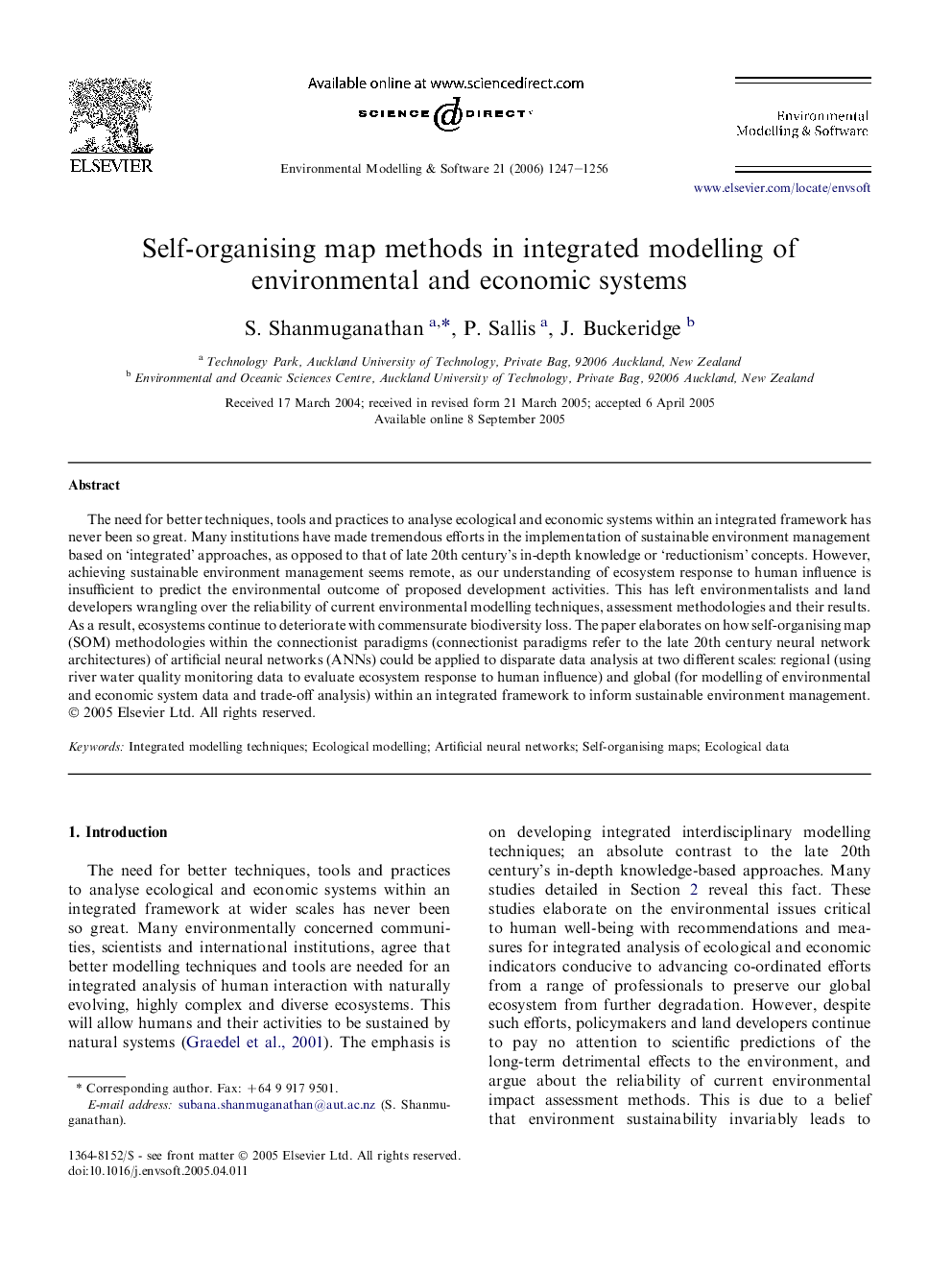| Article ID | Journal | Published Year | Pages | File Type |
|---|---|---|---|---|
| 569201 | Environmental Modelling & Software | 2006 | 10 Pages |
The need for better techniques, tools and practices to analyse ecological and economic systems within an integrated framework has never been so great. Many institutions have made tremendous efforts in the implementation of sustainable environment management based on ‘integrated’ approaches, as opposed to that of late 20th century's in-depth knowledge or ‘reductionism’ concepts. However, achieving sustainable environment management seems remote, as our understanding of ecosystem response to human influence is insufficient to predict the environmental outcome of proposed development activities. This has left environmentalists and land developers wrangling over the reliability of current environmental modelling techniques, assessment methodologies and their results. As a result, ecosystems continue to deteriorate with commensurate biodiversity loss. The paper elaborates on how self-organising map (SOM) methodologies within the connectionist paradigms (connectionist paradigms refer to the late 20th century neural network architectures) of artificial neural networks (ANNs) could be applied to disparate data analysis at two different scales: regional (using river water quality monitoring data to evaluate ecosystem response to human influence) and global (for modelling of environmental and economic system data and trade-off analysis) within an integrated framework to inform sustainable environment management.
